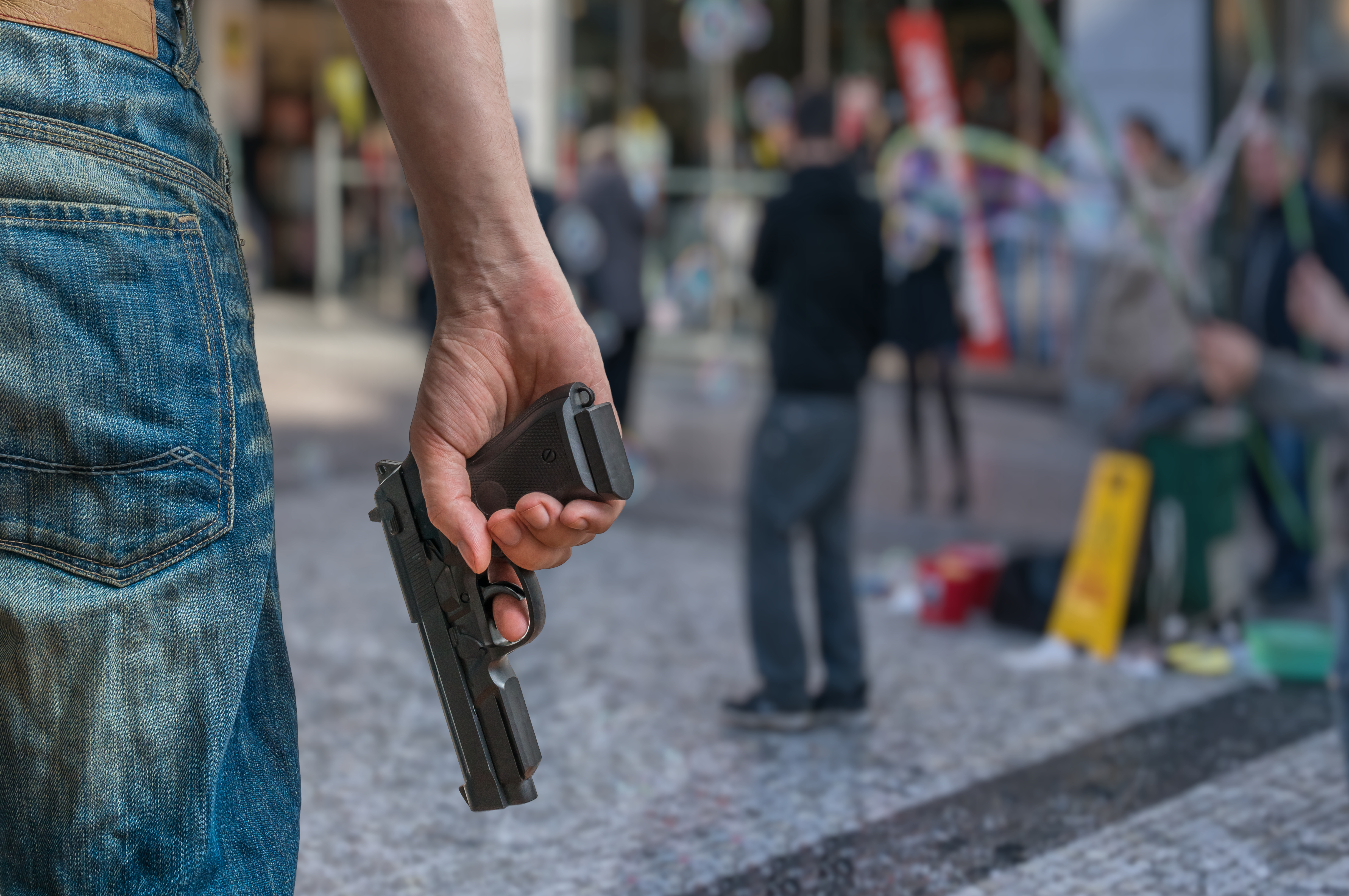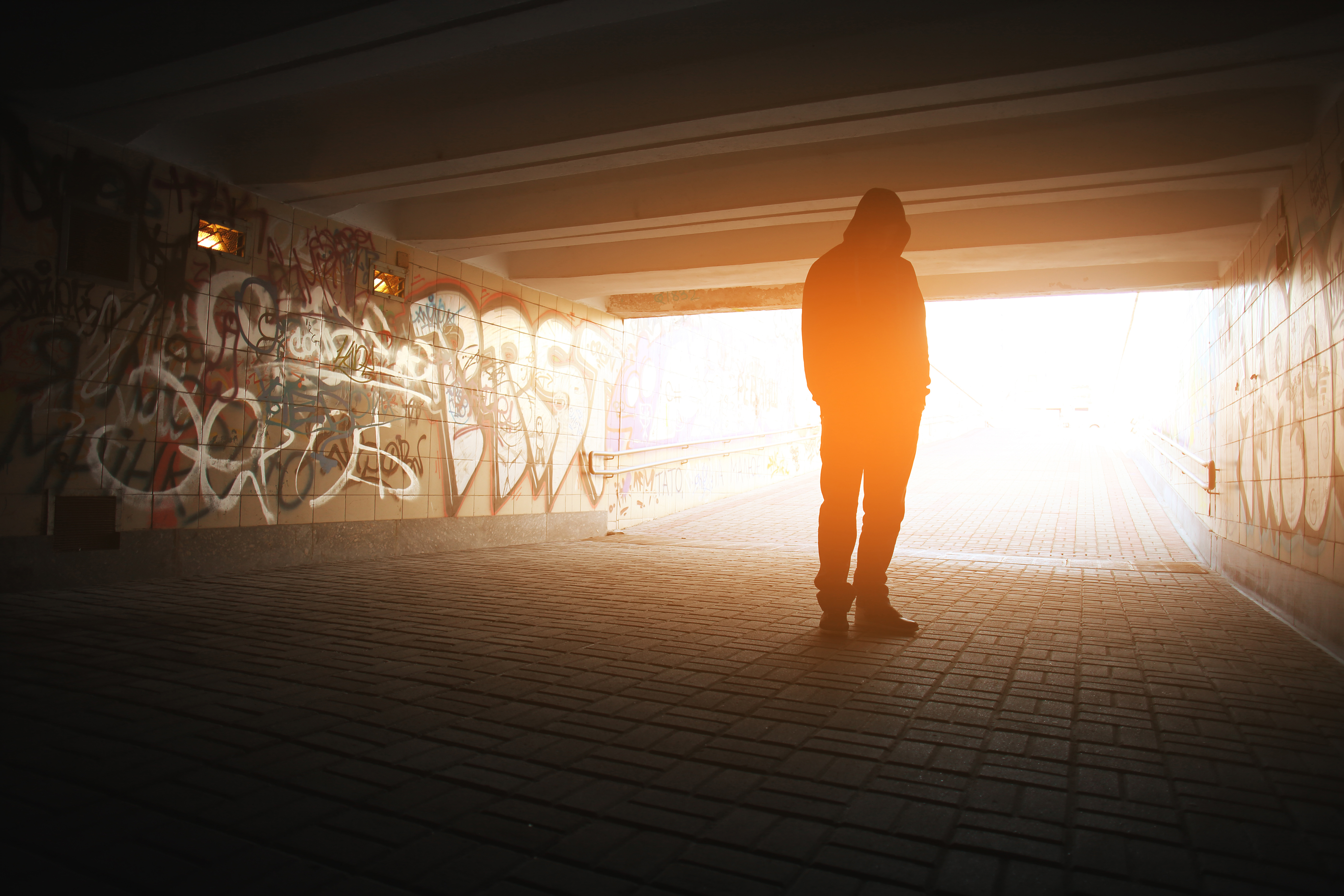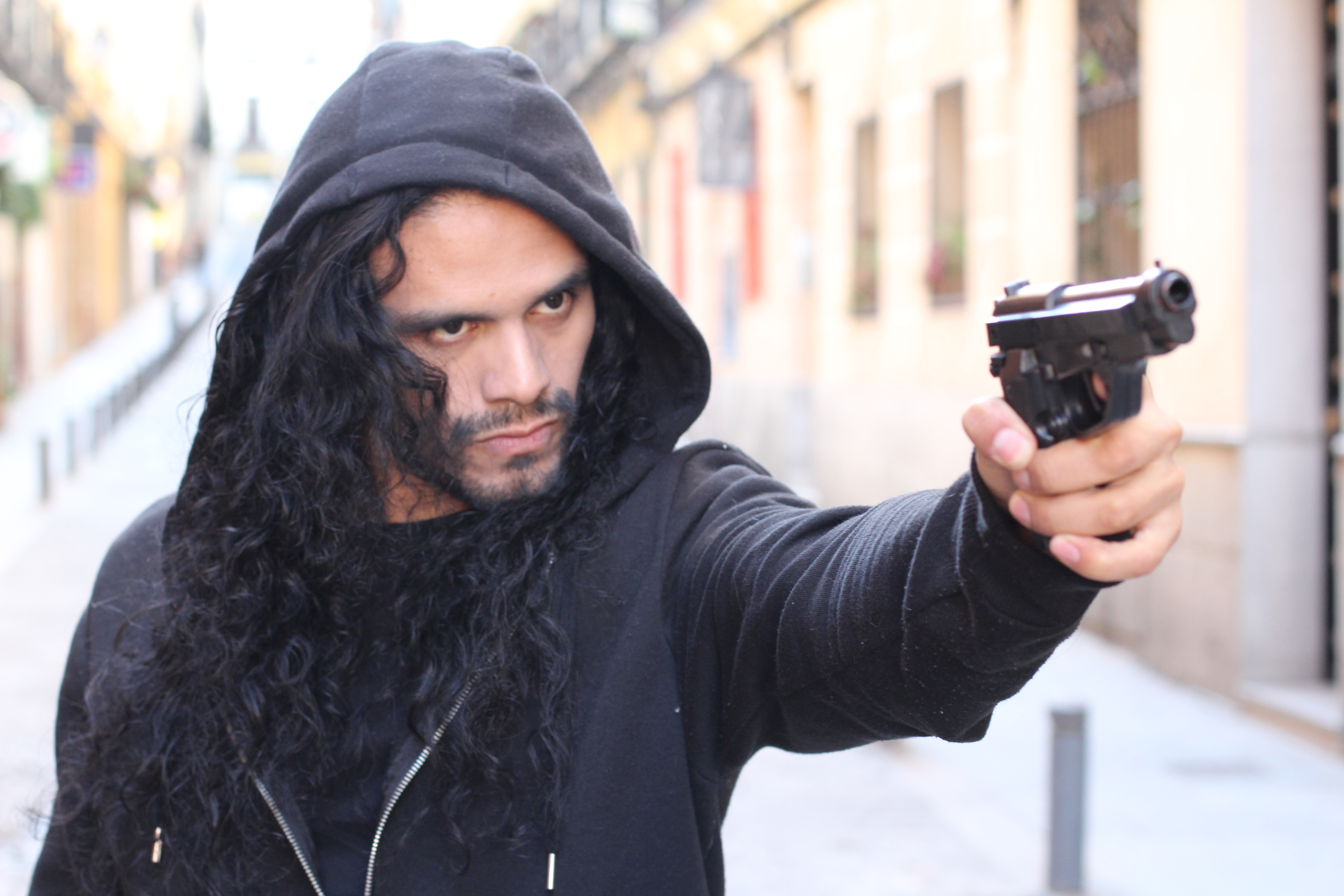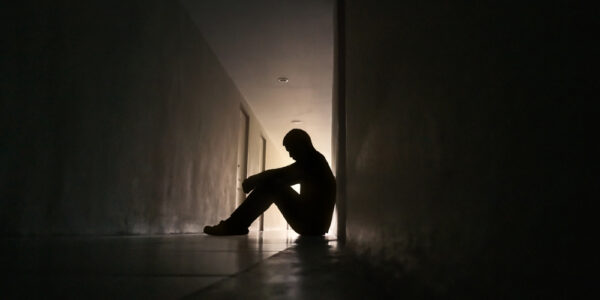This article was originally published in September, 2019.
War Zone, USA
It’s hard to look at our phones, computers, or televisions anymore without seeing regular reports of mass shootings, and much of the blame often falls on mental illness. Mass shootings (incidents where at least 3 or 4 people are shot) get the most media attention because they involve many people killed or injured quickly. Schools, shopping centers, and other places we expect to be safe have become unpredictable and potentially dangerous. Our communities can start to feel like war zones, and this keeps us on edge.
Whenever a shooting happens, we naturally seek explanations. We want to know what the shooter’s motives could have been. Our feelings of terror can lead us to accept overly simplistic answers that are not supported by facts. In our quest for understanding, it is easy to believe in suggestions we may hear through the media, or from politicians wanting to further their agendas. We are tempted to blame mental illness, violent video games, illegal immigration, easy access to firearms, or just about anything else. Because our emotions can cloud our rational thinking, we may draw conclusions without ever knowing the real facts.
Rumors sell, facts tell
The impressions most Americans have about crime in general, and specifically of violence and mental health are very skewed. Mass shootings make up only a small part of total violent crimes in America, which also include assault (sexual and non-sexual), robbery, and murder. Surprisingly, as terrifying as repeated mass shootings are, statistics indicate that our country has been getting safer for decades.
Since 1993, violent crimes reported to police have fallen by 49%, and the number of victims of violent crime fell by 74%. During each of the past few years, there have been roughly 380 violent crimes for every 100,000 Americans. In the early 1990s, that number was twice as high. Assault makes up 65% of these, robbery a quarter, rape about 8%, and murder 1-2%. The numbers are clear: America is safer than it was 25 years ago. However, up to three-quarters of Americans polled each year believe that violent crime is on the rise.

What’s mental health got to do with it?
Major misconceptions surround the idea of a connection between mental illness and violence. Three-quarters of Americans believe that mental illness leads to violence. Sixty percent think there is a direct connection between Schizophrenia and violence, and a third also expect those with depression to be violent. The increase in mass shootings over the past decade, and especially the recent ones in El Paso, Dayton, and now Odessa, have brought even more attention to the alleged role of mental illness.

Are monsters real?
Mental illness is an easy scapegoat for mass shootings. After the August 2019 massacres, the then President of the United States publicly called the men involved, “mentally ill monsters.” He claimed that “mental illness… pulls the trigger.” However, of all gun-related deaths in the United States between 2001 and 2010, less than 5% were committed by someone with a diagnosed mental illness. What pulled the trigger in the other 95%?
The idea of attaching mass shootings to mental illness is rooted in stigma. It gives us a way of differentiating ourselves from the perpetrators by thinking in terms of “us” and “them.” It allows us to take comfort in the belief that “normal,” mentally stable human beings could never commit such acts.
It’s not so simple
To say that mental illness causes violence is such a gross generalization that it’s not only a myth; it doesn’t mean anything at all. One in five American adults (about 44 million people) have a mental illness. However, less than 4% of the general population commit violent crimes in a given year.
Then there’s this: About 25% of state and federal prisoners have a diagnosed mental illness, while 93% of that same group are males. If we are looking for a correlation, mental illness pales in comparison to the gender factor.
Though we might wish it were, violence in America is not as simple as, “this causes that.” It is much more complicated than anyone can convey in short sound bites or tweets. To be sure, mental health plays a part in violence. But so do hate, prejudice, personal grudges, generational conflicts, extremist ideologies, access to weapons, opportunities to commit harm, and a lack of respect for life itself, and that may only scratch the surface. The single most important predictor of violent behavior is if someone has a violent past, not a mental illness.

A shooter is born
In 2017, the United States Department of Homeland Security started conducting yearly studies of perpetrators of mass shootings. They have shown that “mental illness alone is not a risk factor for violence,” even if many do have some psychiatric symptoms. Substance misuse is the most prominent problem among them. When drugs and alcohol mix with things like depressed mood, paranoid thinking, or significant life stressors, violence becomes much more likely. Adding substance use to mental illness gives an individual a 73% higher risk of hostility.
There is more to mental health than just having a diagnosis or not. It is these nuances that can help us begin to understand what drives violence, and mass shootings, especially. Half of the mass shooters genuinely feel that they have been a victim of injustice, in a workplace, in their relationships, or other disagreements. A third subscribe to a hateful group mindset like xenophobia, anti-Semitism, white supremacy, or racism. Misogyny and aggression towards women play a large part as well. They appear in isolated young men who have had a history of difficulty in relationships, or experienced rejection. Additionally, three-quarters of perpetrators have been through a recent significant stressful situation, such as being arrested, a divorce or breakup, trouble at school, or losing a job. More than half have money troubles, and many are homeless.
Social isolation
Isolation is another common ingredient for making a mass shooter. Although usually not literally alone (they typically have at least a few friends or family), they feel very emotionally isolated. In school shootings, most killers have been victims of bullying and faced significant social rejection. Other mass shooters may think that a group they belong to (like their race or religion) has been wronged or degraded by society.
They may ruminate over these slights and want revenge on those they believe have wronged them. They frequently turn to online forums to connect with others who share their grievances and exchange violent, hateful ideas in these unregulated platforms. Such interaction serves only to magnify and feed their rage. In these groups, people can make each other more dangerous. Pressure builds until someone with the right combination of stressors, anger, and access to weapons moves from talking to action. That’s how a mass shooter is born.
The question was loaded
The loaded question on everyone’s mind is, “what can we do?” There are a lot of possible answers that involve politics, social norms, and values, and this gets very complicated. Fortunately, there is one relatively simple thing that all of us can do starting right now: we can listen.
Many perpetrators of violence will exhibit warning signs. They might be suspicious social media posts or suggestive comments made to friends, family, coworkers, or classmates. Almost all will have made direct threats or at least suggested that they wanted to commit violence. They may exhibit changes in behavior, thinking, and the topics they are talking about, in the days, weeks, and months leading up to their taking action. They may glorify violence and speak positively about other mass shooters, while at the same time obtaining weapons. Especially worrisome are people whose behavior is getting progressively more unpredictable.
Since the deadly weekend in Texas and Ohio, police have arrested no less than 27 people who made threats about committing mass violence. They warned they would kill at schools, synagogues, women’s health clinics, businesses, and law enforcement agencies. Some championed white supremacy, while others called for violence against minority groups like gays, Jews, and Hispanics. Authorities were able to thwart the attacks because these the individuals revealed themselves, and those around them took notice and said something. We can all help prevent even more violence and save lives by being aware. If you notice someone acting or talking in suspicious, concerning, and unpredictable ways, take their threats seriously. Say something. Tell the authorities. You might save a lot of lives.

 Learn
Learn Read Stories
Read Stories Get News
Get News Find Help
Find Help
 Share
Share
 Share
Share
 Share
Share
 Share
Share



